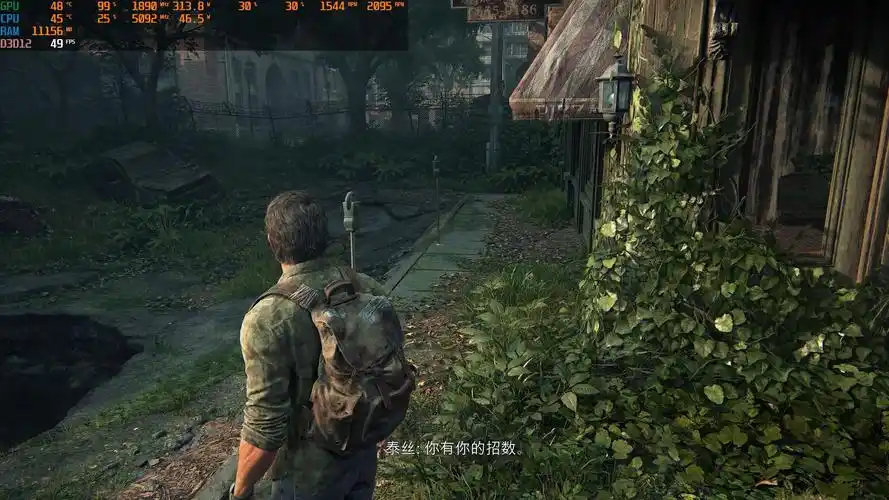How Art Styles Age Well (or Poorly): The Timeless vs. The Dated
Introduction
Art styles, whether in painting, film, video games, or graphic design, evolve over time. Some remain timeless, captivating audiences decades later, while others quickly feel outdated. What makes an art style age well or poorly? This article explores the factors that contribute to the longevity of an art style, examining examples from different media and analyzing why some designs endure while others fade into obscurity.
1. What Makes an Art Style Age Well?
Certain art styles remain visually appealing regardless of when they were created. Here are key factors that contribute to their longevity:
A. Strong Fundamentals in Design
Art styles rooted in strong design principles—such as composition, color theory, and anatomy—tend to age gracefully. For example:
- Classic Disney Animation (1930s-1960s) – Films like Snow White (1937) and Sleeping Beauty (1959) still look stunning because of their meticulous hand-drawn animation and expressive character designs.
- Studio Ghibli’s Hand-Painted Aesthetic – Hayao Miyazaki’s films (Spirited Away, Princess Mononoke) use painterly backgrounds and fluid animation that resist aging.
B. Stylization Over Realism
Hyper-realistic art often ages poorly as technology improves, whereas stylized designs remain timeless:
- The Legend of Zelda: The Wind Waker (2003) – Initially controversial for its cel-shaded cartoon look, it now looks fresher than many early 2000s games that aimed for realism.
- Cuphead (2017) – Mimicking 1930s rubber-hose animation, its art style is deliberately retro yet timeless.
C. Cultural and Historical Resonance
Some art styles endure because they capture a cultural moment in a way that remains meaningful:
- Art Deco (1920s-1930s) – Seen in architecture (The Great Gatsby, Metropolis), its geometric elegance still feels sophisticated.
- Ukiyo-e Woodblock Prints (Japan, 17th-19th century) – Works by Hokusai and Hiroshige remain influential in modern art and design.
2. Why Some Art Styles Age Poorly
Not all art stands the test of time. Here’s why some styles quickly feel dated:
A. Over-Reliance on Technology
Art styles that depend on cutting-edge tech can become obsolete:
- Early 3D Graphics (1990s-2000s) – Games like Tomb Raider (1996) and Final Fantasy VII (1997) were groundbreaking but now look blocky and stiff.
- Uncanny Valley CGI (Early 2000s Films) – The Polar Express (2004) and Beowulf (2007) attempted hyper-realism but ended up unsettling.
B. Trend-Driven Aesthetics
Styles tied to fleeting trends often lose appeal:
- Y2K Aesthetic (Late 1990s-Early 2000s) – Chrome textures, excessive lens flares, and "futuristic" designs (The Matrix Reloaded, early PlayStation UI) now feel gimmicky.
- Overused Filters (2010s Instagram Aesthetic) – Heavy vignettes, washed-out colors, and excessive HDR now appear tacky.
C. Poor Execution or Lack of Vision
Some styles age poorly because they were poorly executed:
- "Soulless" Corporate Art (Stock Photo Style) – Generic, overly polished digital illustrations often lack personality.
- Excessive Post-Processing (2000s Movies) – Overuse of teal-and-orange color grading (Transformers, Michael Bay films) makes many films from that era look artificial.
3. Case Studies: Art Styles That Aged Well vs. Poorly
Aged Well:
- The Works of Van Gogh – His expressive brushstrokes and vibrant colors remain emotionally powerful.
- Samurai Jack (2001-2017) – Its minimalist, high-contrast animation still feels modern.
- Blade Runner (1982) – Its neo-noir cyberpunk aesthetic remains iconic.
Aged Poorly:
- Early Web Design (Geocities, Flash Websites) – Cluttered layouts, animated GIFs, and garish colors now look archaic.
- Nu-Metal Album Art (Late 1990s-Early 2000s) – Overly aggressive, edgy designs (Limp Bizkit, Korn) feel juvenile today.
- Photorealistic Video Game Cutscenes (Early 2010s) – Many attempts at realism (L.A. Noire’s facial animations) now look stiff.
4. How Modern Art Styles Can Achieve Longevity
For artists and designers today, ensuring an art style ages well involves:
- Focusing on strong fundamentals (composition, color harmony).
- Avoiding over-reliance on trends (memes, fleeting digital effects).
- Embracing stylization (unique aesthetics > chasing realism).
- Balancing innovation with timelessness (experimenting while keeping core principles).
Conclusion
The best art styles transcend their era by prioritizing strong design, emotional resonance, and stylistic boldness over fleeting trends. While some works become dated due to technological limitations or trend-chasing, others remain timeless by embracing creativity and craftsmanship. Whether in film, gaming, or fine art, the key to longevity lies in balancing innovation with enduring aesthetic principles.
Final Thought: "Good design is timeless. Bad design is a time capsule of its era—for better or worse."
Tags: #ArtStyle #Design #Animation #TimelessArt #DigitalArt #FilmAesthetics #GamingArt #VisualDesign



















